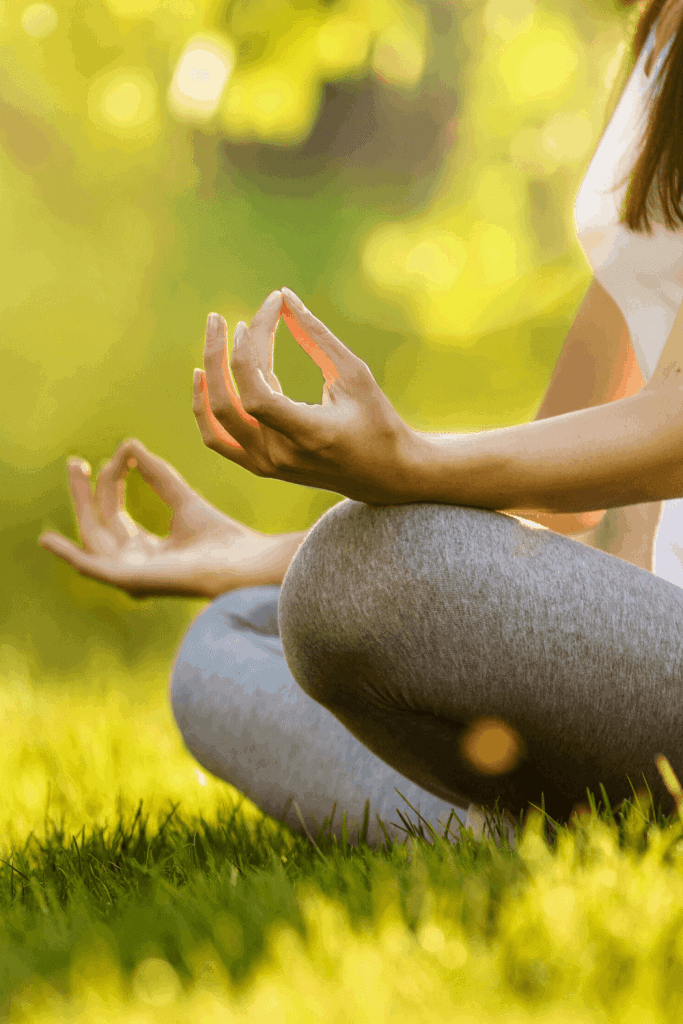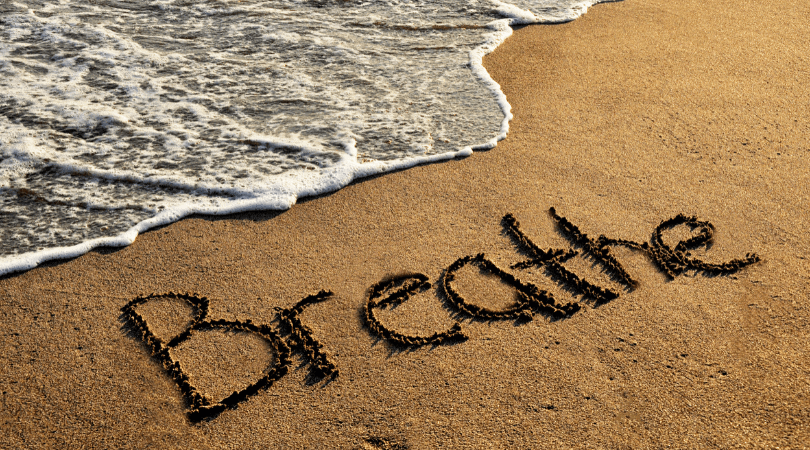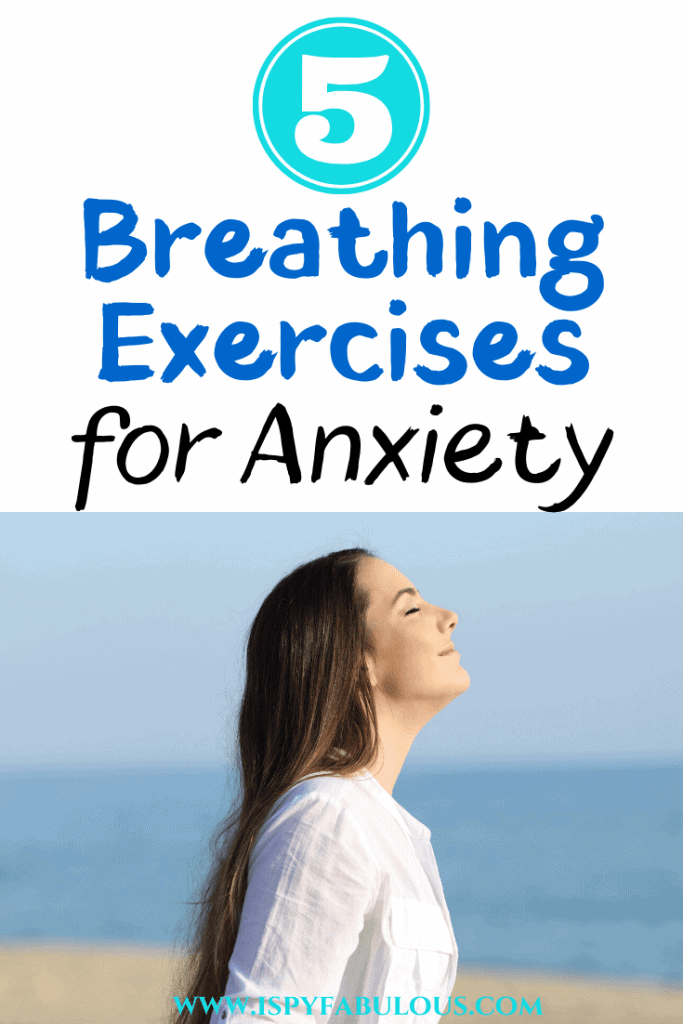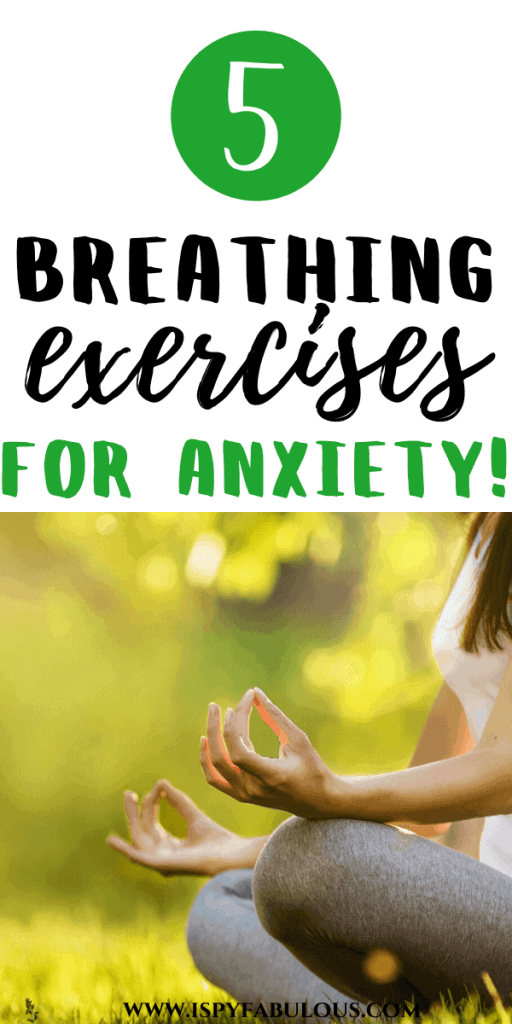

In these uncertain times, even the most calm among us are starting to feel the pinch of anxiety and fear.
If you’re one of the many who already struggled with keeping the lid on the panic before the whole world shut down, this might be pushing you to your limit.
And, if you just found out you could be homeschooling your kids until summer and you still can’t find a roll of freaking TP – you might be feeling like this:
So, after I found myself hiding in my pantry mainlining Trader Joe’s peanut butter cups, I realized I should probably re-read all those things about natural remedies for anxiety and was reminded about the breathing exercises that have helped me in the past.
As I brushed up on my Wim Hof breathing skills and refreshed my breathing app, I thought maybe I wasn’t the only one could use a reminder on breathing techniques that can help with anxiety.
Best of all – most of these are free and can be done in a matter of minutes from the comfort of your own home.
Finally, something is free.
Breathing Techniques to Help With Anxiety:

1. Wim Hof Breathing:
Wim Hof created the groundbreaking breathing and cold therapy program that has literally defied science. His easy to learn breathing techniques have been scientifically proven to cause a mind over body reaction that has changed the progression of disease, such as autoimmune disease symptoms.
You can do a free class on his website or here’s the basics to get you started:
- Get comfortable, either sitting or lying down and relax your body. Make sure you’re in a safe environment and will not be disturbed (i.e., don’t do this while driving a car or the shower, etc.)
- Breathe in and out slightly faster than normal for 30-40 full breaths. You should feel your belly rise and fall and you might start to feel a little lightheaded near the end from the rapid breathing.
- Breathe out and hold your breathe for as long as feels comfortable. Focus on meditating while you hold your breathe. You can close your eyes and focus on a spot to focus.
- Take a deep breathe and hold it for around 10 seconds. Exhale.
- Repeat steps 1-4 three more times
- Meditate or just relax for up to 5 minutes. Think of this like the end of a yoga class when you’re just resting.
If you are pregnant, feel sick or uncomfortable with any of this, stop and try another breathing exercises. Only do what is safe for you.
Here are some more breathing techniques that are easier to do if Wim Hof is too much for you.
2. 4-7-8 or Relaxing Breath:
4-7-8 is the breathing exercise that has been said to help people fall asleep in just a few minutes because it’s so relaxing.
That alone is compelling enough for me to try something.
It’s also easy enough to do, here’s how it works:
- Exhale, completely emptying the lungs of air
- Breathe in through the nose for 4 seconds
- Hold your breathe for 7 seconds
- Exhale through pursed lips for 8 seconds
- Repeat up to 4 cycles
Initially, you’ll want to only do up to 4 cycles, but you can build up to more over time if it feels comfortable for you.
4-7-8 is a super easy technique you can use to reduce anxiety and cope with stress.
3. Deep Breathing:
If counting is too distracting and stresses you out even more, deep breathing might be the one for you.
When we are anxious or stressed, we tend to take only shallow breaths in our upper chest/lungs, which can start to make us feel like we are hyperventilating over time.
By breathing deeply form our lower lungs, where our belly rises and falls deeply, we fill out lungs completely with oxygen and properly exhale carbon dioxide.
Deep breathing is so easy:
- Breathe deep and inhale fully
- Exhale fully
- Repeat
You’ll start to notice that your breathing changes as you become anxious and stressed the more you practice deep breathing. Ideally, we would always be deep breathing, but – that takes a lot of practice over time to correct erratic breathing patterns.
4. Diaphragm Breathing:
Similar to deep breathing, but with an extra step. Diaphgram breathing has been used to calm panic attacks and anxiety from phobias.
- Start by breathing in fully, through your nose
- Pause
- Exhale with your mouth slightly open, making a sighing noise. Feel your upper body relax
- Pause
- Continue
The pause length and breathe length depends on you and what relaxes you.
The pauses help to slow your breathe and allow you to focus on the breathing entirely.
5. Use a Breathing App:
Yup, there’s an app for everything! Some of them are free, others aren’t. You can find them in the app store on your phone. I wrote a post on the best meditation apps, but here are a few, too:
- The Breathing App – A free breathing only app. Dev. by Eddie Stern and Deepak Chopra.
- Breathe – You breathe along with animations on the screen. Free to use on the Apple watch.
- Calm – Not free, but really fantastic. So relaxing and has lots of options.
- Headspace – Free trial and one of the top rated meditation and breathing apps
- Declutter the Mind – An app focused on helping you push unwanted thoughts out of your mind. Free trial and then very affordable.
I also really like just simple breathing gifs like this:
Try out a few different ones if the apps help you focus more than closing your eyes and breathing.
The most important thing is that you find the breathing technique or tool that helps you relax and feel less anxious and stressed out.
****
Have you tried any breathing exercises in the past? Have they helped you?
For me, I’ve noticed when I get anxious or upset, I almost stop breathing entirely. This obviously shuts off oxygen to the brain and starts to make us go into total panic mode. Not great!
The more intentional I am about practicing breathing, even when I’m not totally anxious, the more successful I am at controlling my breathing when stressful situations occur.
And, since we are all living in a constantly stressful situation, it’s a great time to practice breathing – and I don’t mean this kind:
If you try any of these and they help you – let me know! I’d love to hear your breathing tips too for helping with stress and anxiety.
Here are a few more posts you might like if this is something you’re interested in!
- How Practicing Mindfulness Can Help Reduce Anxiety!
- 3 Super Relaxing Music Videos for Stress Relief
- 17 Ways to Protect your Family from Illness
- 10 Easy Ways to Take Care of Yourself
- 10 Free Yoga Tutorials to Help You Relax!
Have a fabulous day,
E

Aww..I am a big time beauty blog reader! And i do not hesitate a blink to say that I thoroughly enjoyed your writing. I love how people take time out to write about wellness in such minute details. Good Share. keep posting
Author
Thank you Sowmitra! I love sharing about beauty and wellness and I’m glad you liked the post!